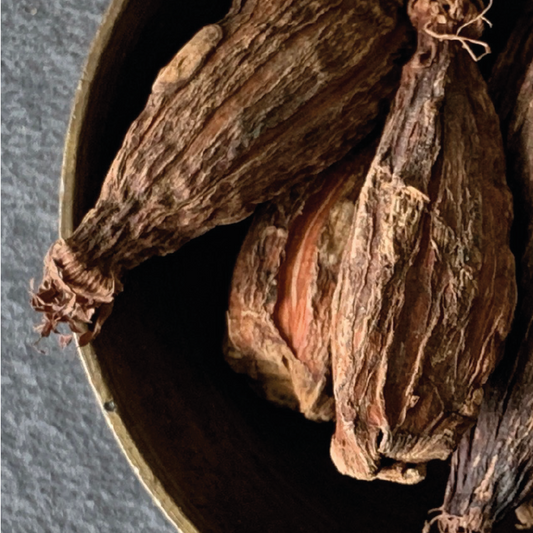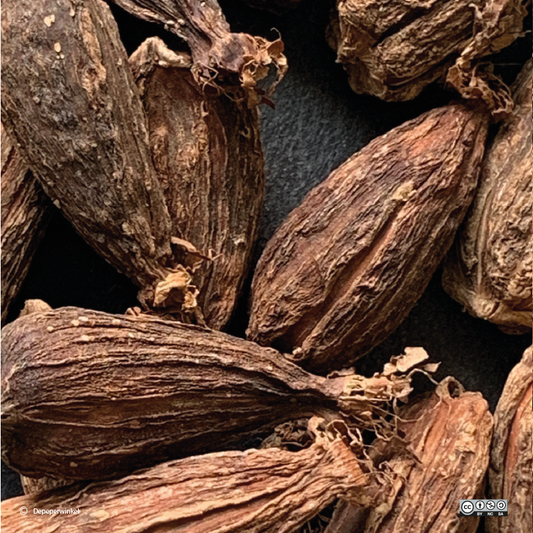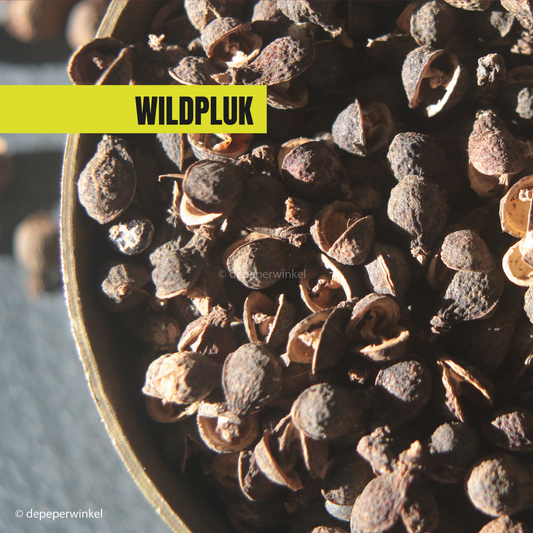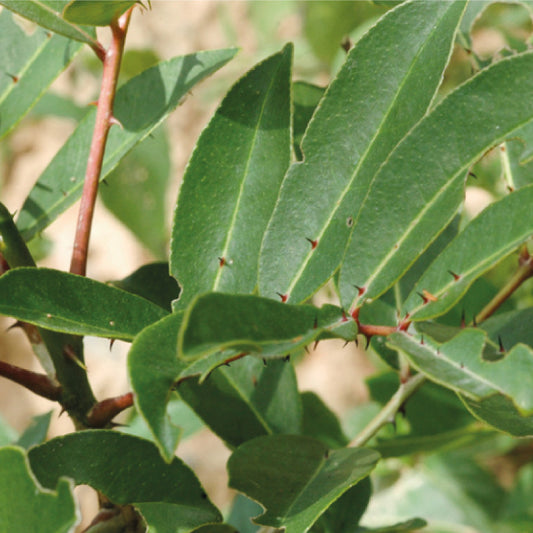Collection: Our "pseudo" peppers
Pseudo peppers are often called 'false' peppers in other languages. For example, in French the term 'faux poivre' is used, in English 'false pepper'. In common parlance, the term pepper is used for both plants from the genus Piper from the Piperaceae family and plants from the genus Capsicum from the Solanaceae family, better known as chili peppers. By pseudopeppers we mean all spices from other plant genera that are used for their pungency in the same way as both of these "real" peppers.
In several countries, such pseudopeppers are the standard, such as in Japan, where black pepper and chili pepper lose out to Szechuan pepper, usually sansho. In Europe, some of the pseudopeppers traditionally used there have been completely forgotten, such as grain of paradise and selim. In Africa, where both of these come from, the Asian black pepper and long pepper are replacing native peppers, even the African long pepper, as a true pepper.
The differences between the botanically different peppers concern both the degree of pungency and the taste. As for pungency, only plants from the Piperaceae family contain the pungent substance piperine. Pseudopeppers appeal to our sharpness receptors in very diverse ways. Such as with sanshool, the pungent substance in the peppers from the Zanthoxylum genus (the Sichuan peppers), which numbs the tongue.
We take you with our pseudopeppers on a world trip that is well worth it.

-
<tc>Grain of Paradise (pods)</tc>
Normal price From €5,50 EURNormal priceUnit price / per
Subscribe to our newsletter
Our newsletter is published approximately four times a year and contains background information about our spices, news and regularly discount coupons especially for newsletter readers



